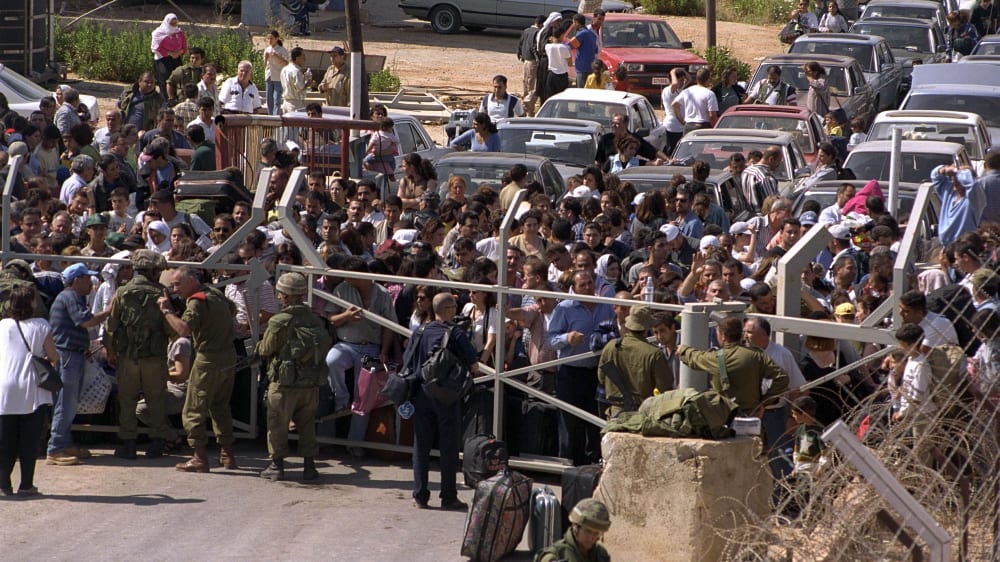Israel's Withdrawal from Lebanon: A Path to Recovery Amidst Destruction
As Israeli troops complete their withdrawal from Lebanon under a ceasefire agreement, displaced residents are finally able to return to their devastated border villages. This marks a significant moment following more than a year of intense conflict between Israel and Hezbollah. However, the returnees are met with the harsh reality of destruction and loss.

The recent pullout of Israeli forces has allowed emergency services to access areas previously considered too dangerous. Lebanese civil defense teams have begun the grim task of retrieving bodies, recovering 23 from border towns since the withdrawal commenced. Many displaced residents returning to their homes are finding only rubble in place of what once were their lives, as entire neighborhoods lie in ruins.
The Israeli withdrawal includes several border villages in southeastern Lebanon, such as Kafr Kila, Marjeyoun, and others. However, Lebanese leaders are urging for a complete exit, arguing that Israel’s presence in five strategic locations constitutes an occupation. President Joseph Aoun has confirmed that the Lebanese government is in contact with truce mediators, including the United States and France, to facilitate Israel’s full retreat.
The situation has drawn the attention of the United Nations, which has expressed concerns regarding Israel's partial withdrawal. The UN Security Council resolution 1701 mandates a complete withdrawal of Israeli forces to the international borders. In light of this, Lebanon's government is preparing to formally request the UN to action against Israel's continued presence.

In a statement before the deadline, Israel confirmed that troops would remain stationed at five strategic hilltops along the border, citing security concerns. Foreign Minister Gideon Sa’ar indicated that the withdrawal would only be finalized once Lebanon fulfills its obligations under the ceasefire agreement.
This development comes ahead of the funeral for Hezbollah leader Hassan Nasrallah and his successor, Hashim Safadin, who was recently killed in an Israeli airstrike. As the region mourns, heightened tensions and uncertainties linger, with Beirut Airport expected to close for four hours during the funeral.
The aftermath of this conflict highlights the urgent need for reconstruction and reconciliation in Lebanon. As communities begin to rebuild, the international community's role in ensuring compliance with ceasefire agreements will be crucial in fostering lasting peace in the region.
The situation remains delicate, and the coming days will be critical in determining the future of Lebanon and its relationship with Israel. The hope for peace and recovery hangs in the balance as leaders navigate the complex political landscape.
What's Your Reaction?















